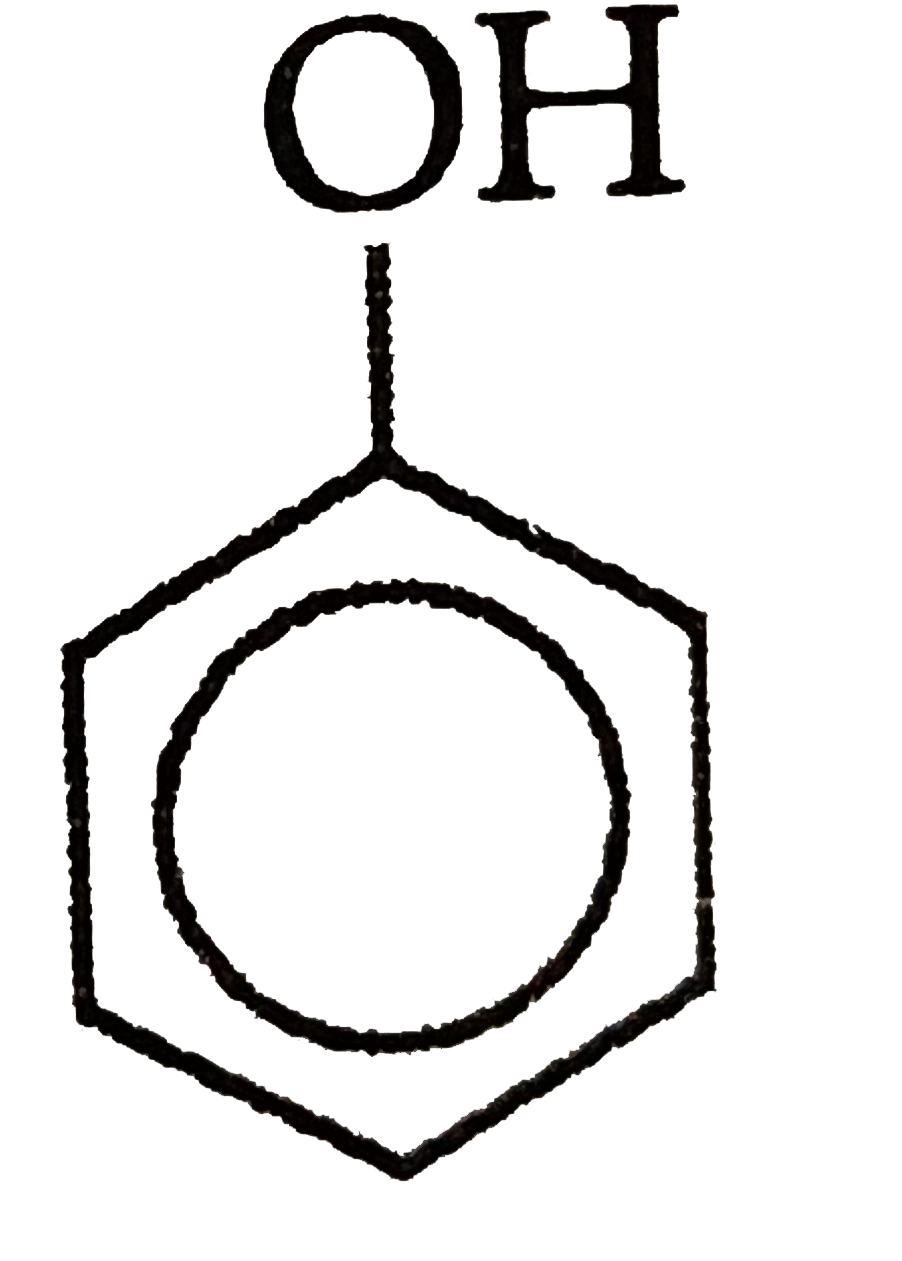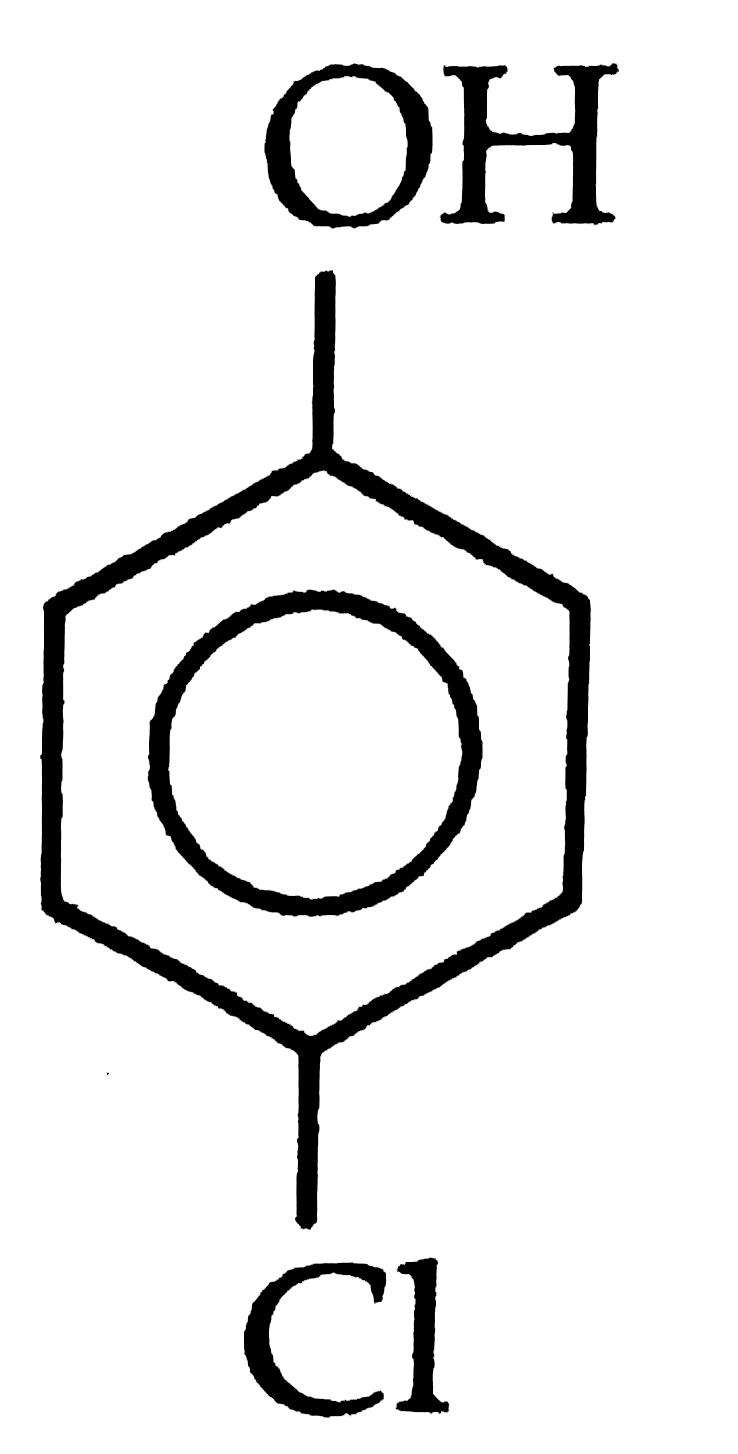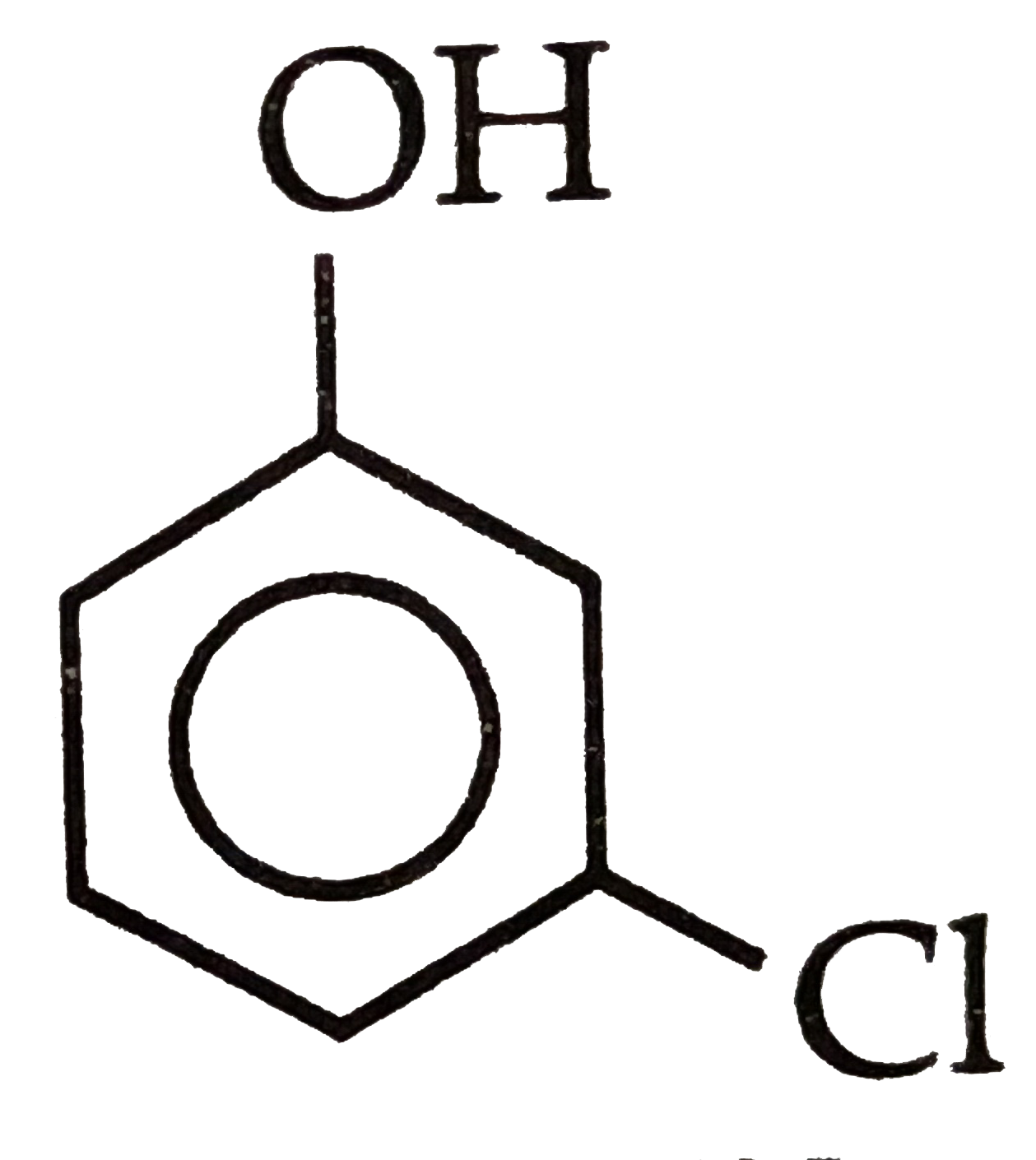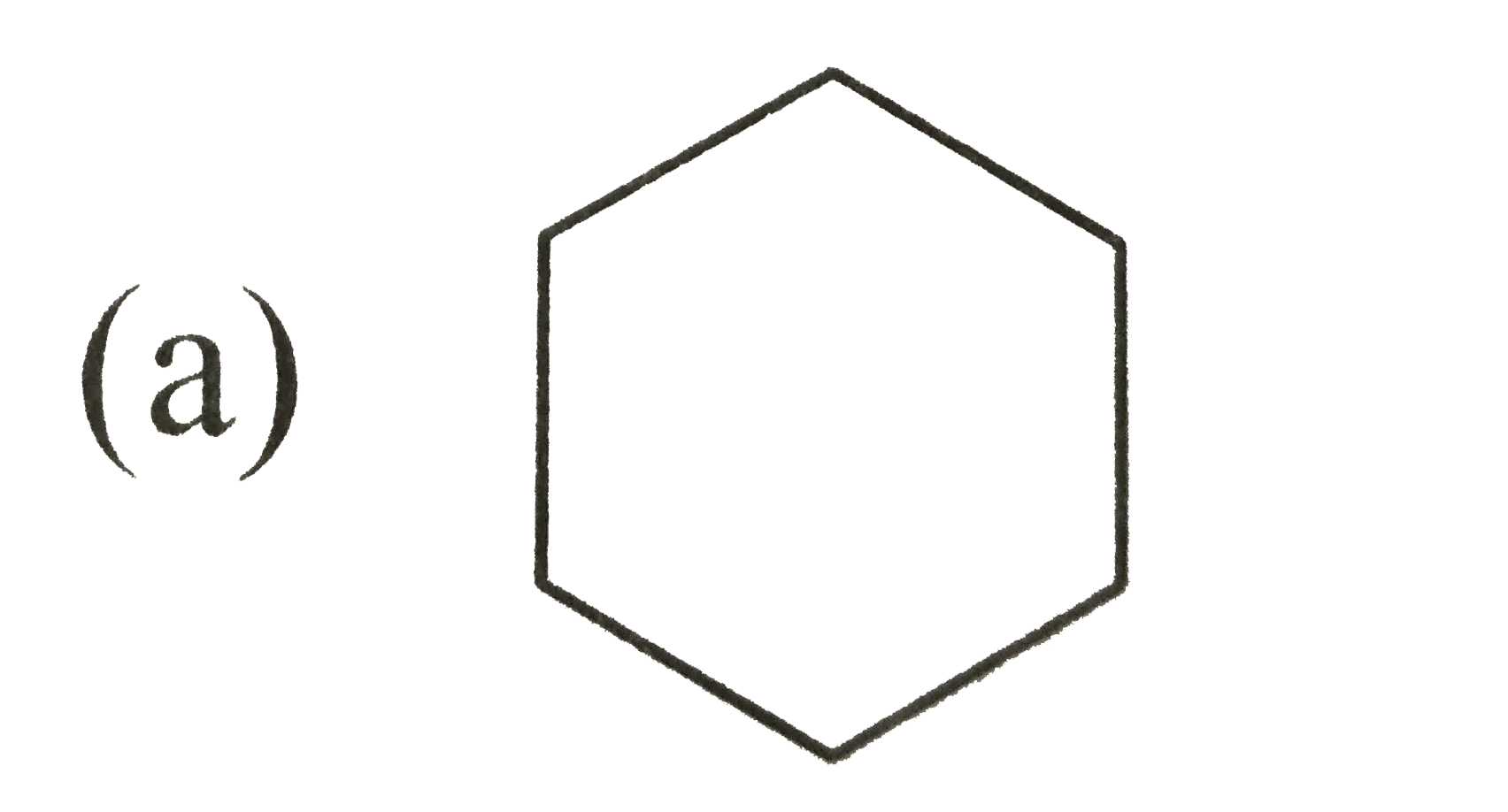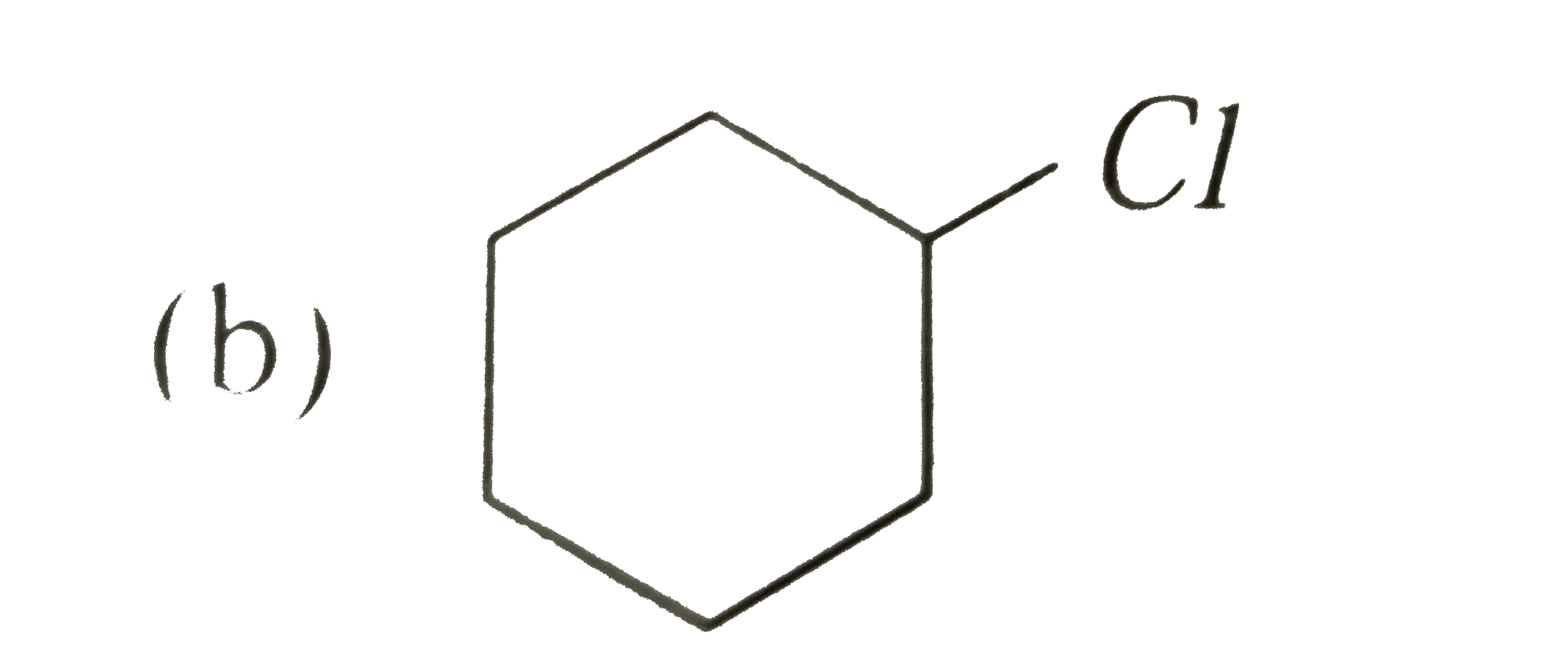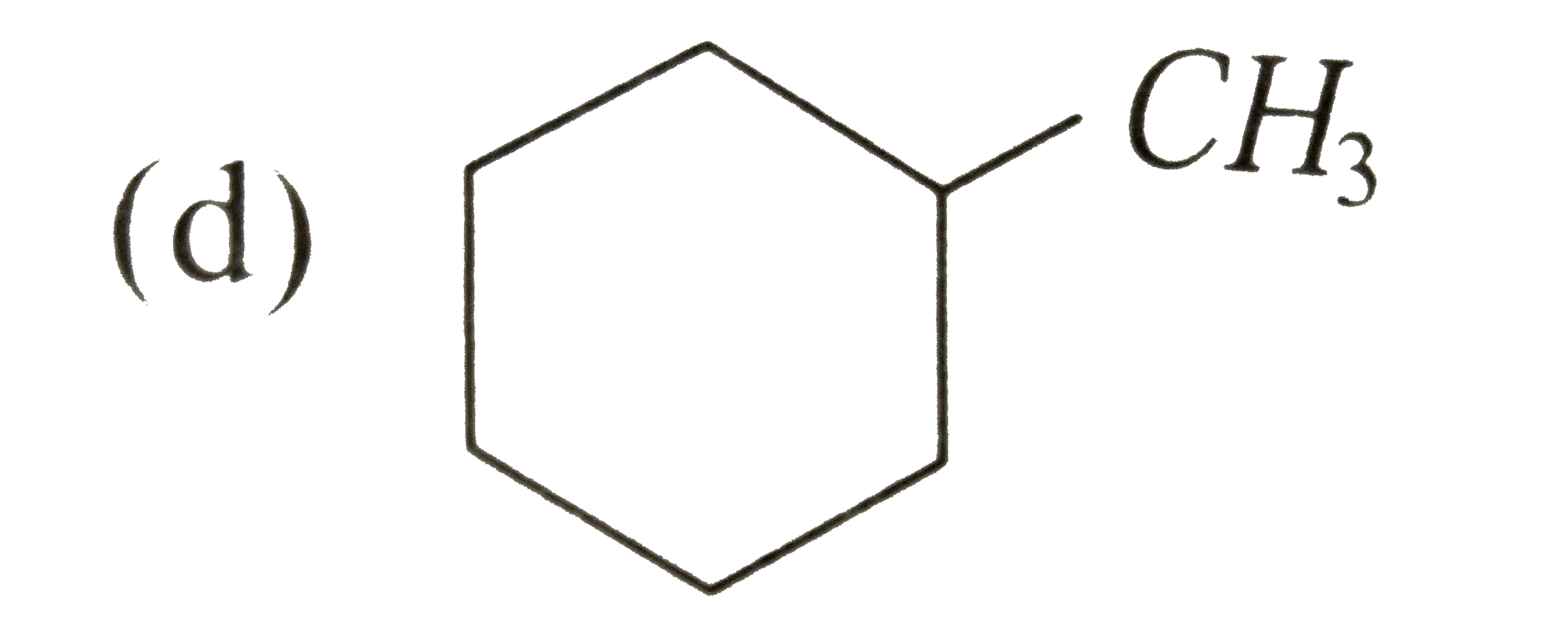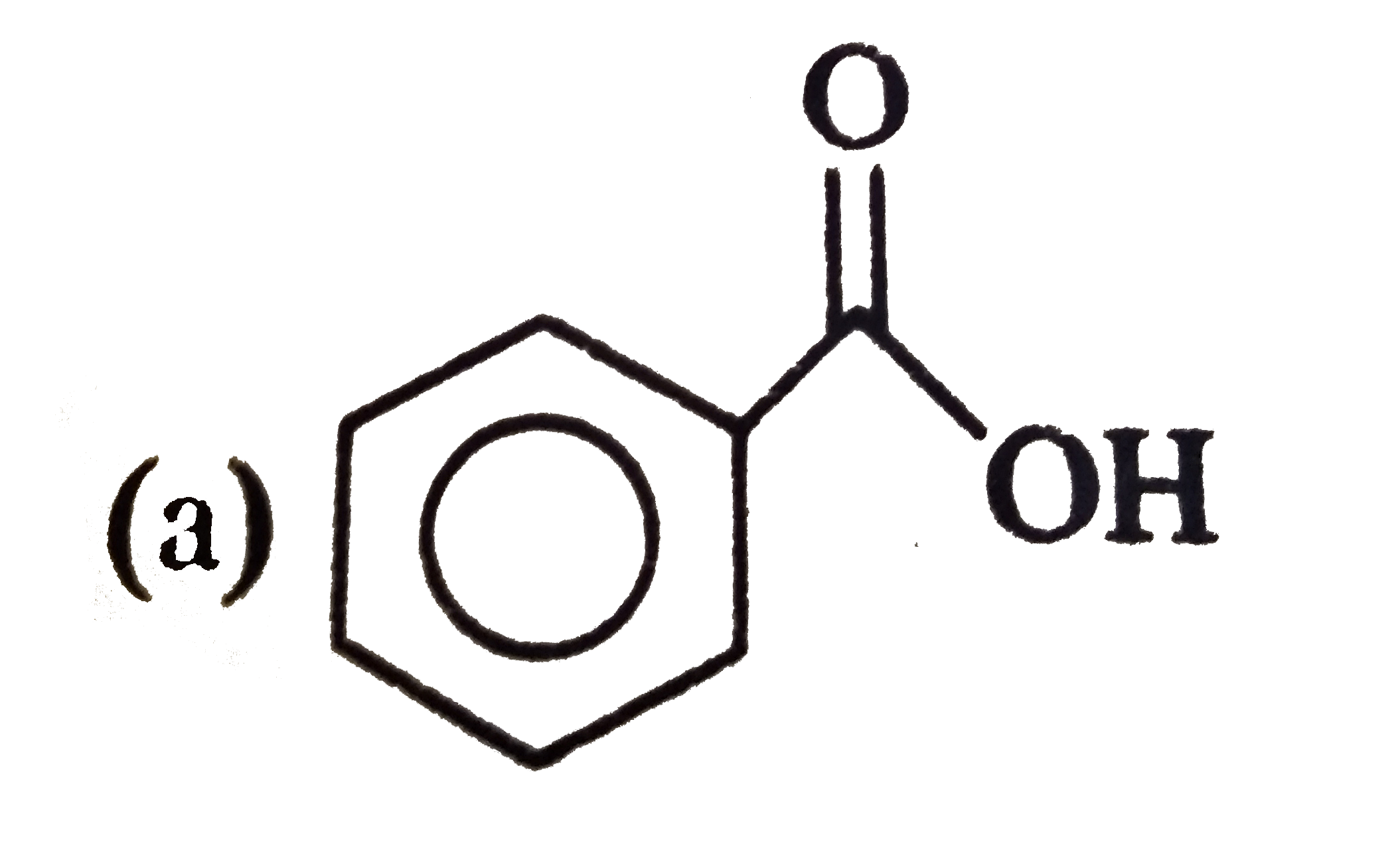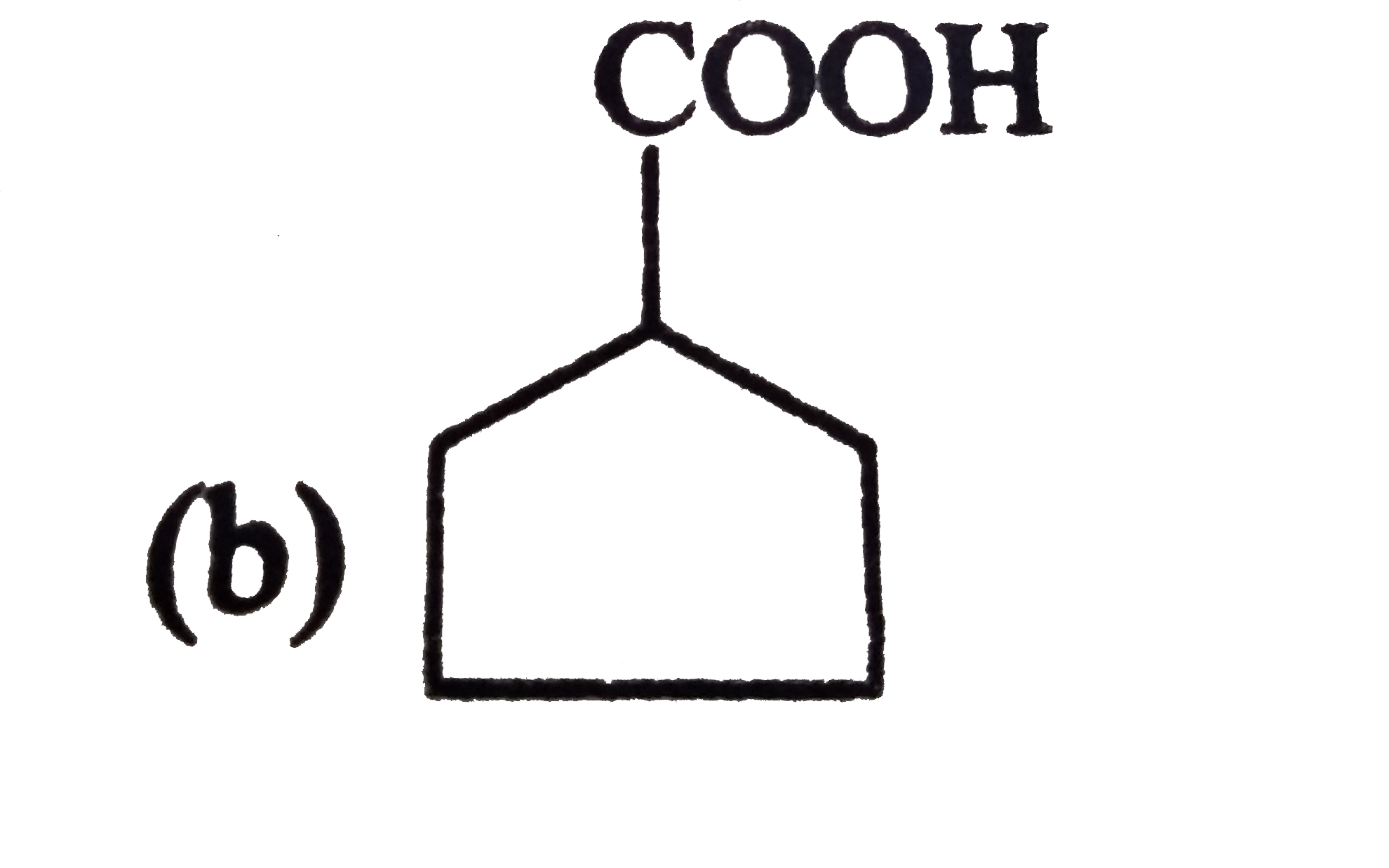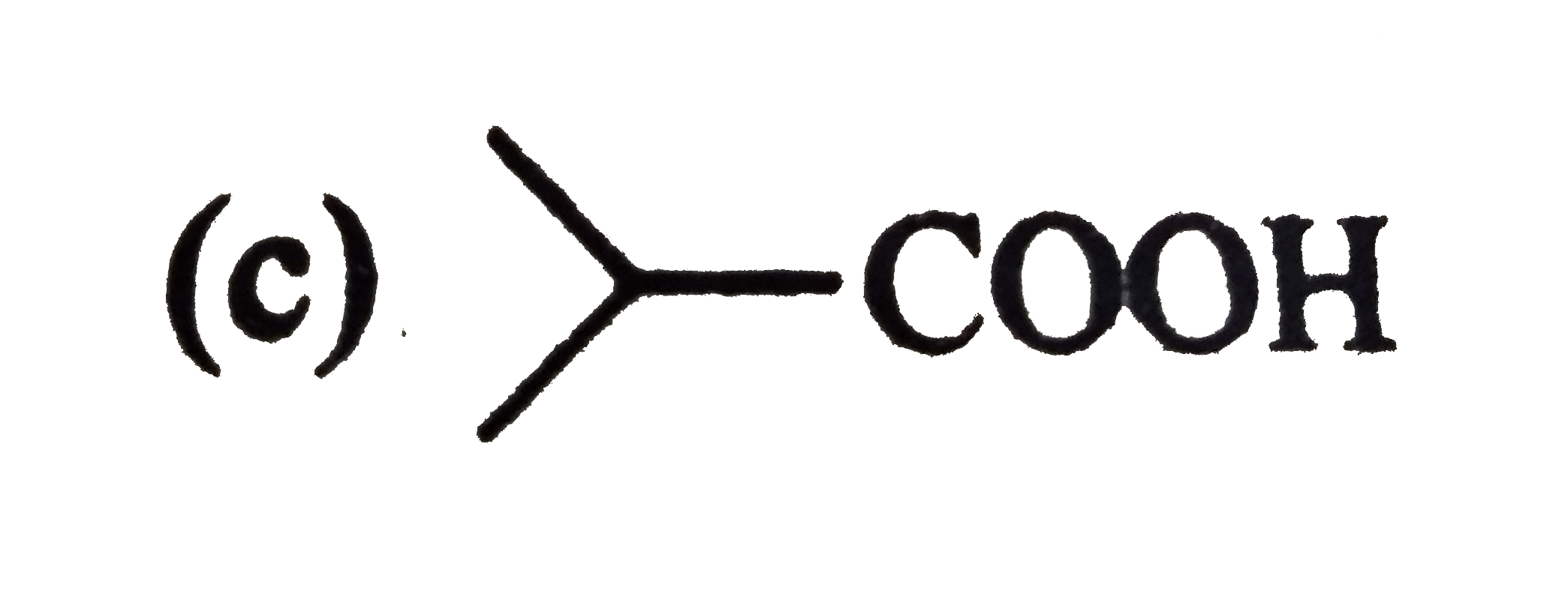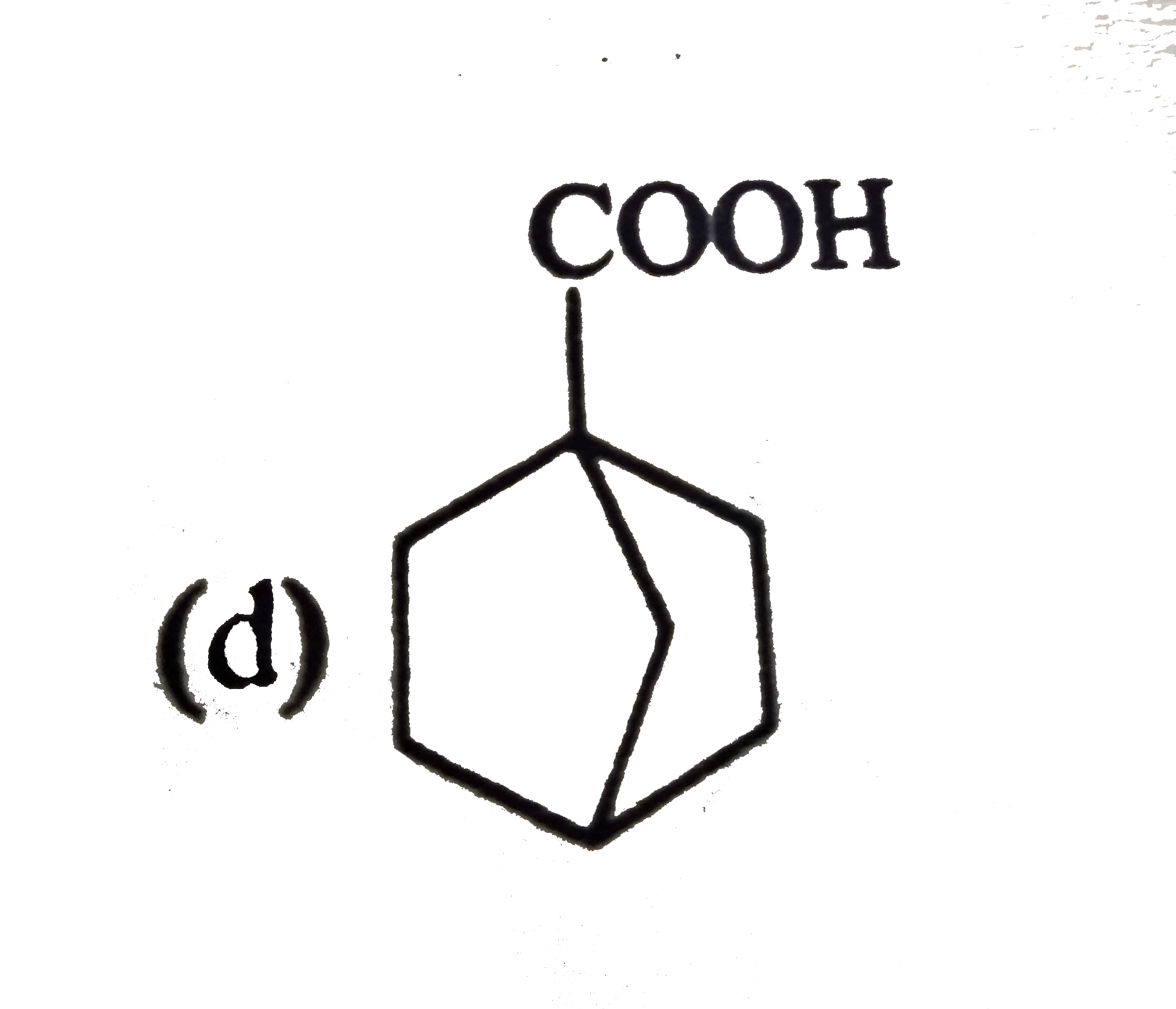Explore topic-wise InterviewSolutions in .
This section includes InterviewSolutions, each offering curated multiple-choice questions to sharpen your knowledge and support exam preparation. Choose a topic below to get started.
| 13851. |
Which is the group that decreases the acid strength of phenol? |
|
Answer» `-NO_(2)` |
|
| 13852. |
Which incorrect about fuel cells ? |
|
Answer» Cells continuously run as LONG as fuels are supplied |
|
| 13853. |
Unit of rate constant for a second order reaction are L mol^-1 s^-1. |
| Answer» | |
| 13854. |
When KMnO_4 solution is added to oxalic acid solution, the decolourisation is slow in the beginning but becomes instantaneous after some time because |
|
Answer» `CO_(2)` is FORMED as the PRODUCT |
|
| 13855. |
Which of the following compounds will undergo aldol condensation, which the Cannizzaro reaction and which neither? Write the structures of the expected products of aldol condensation and Cannizzaro reaction. (i) Methanal, (ii) 2-Methylpentanal, (iii) BEnzaldehyde, (iv) Benzophenone (v) Cyclohexanone, (vi) 1-Phenylpropanone, (vii) Phenylacetaldehyde, (viii) Butan-1-ol (ix). 2,2-Dimethylbutanal. |
Answer» Solution :I. 2-Methylpentanal (ii), cyclohexanone (v), 1-phenylpropanone (vI) and phenylacetaldehyde (vii) CONTAIN one or more `alpha`-hydrogens and hence UNDERGO aldol condensation. The reactions and the structures of the expected products are given below:  . . II. METHANAL (i), banzaldehyde (iii) and 2,2-dimethylbutanal (ix) do not contain `alpha`-hydrogen and hence undergo Cannizzaro reaction. the reactions and the structures of the expected products are given below:  . . III. Benzophenone (iv) is a KETONE having no `alpha`-hydrogen/s while butan-1-ol (viii) is an alcohol. both of these neither undergo aldol condensation nor cannizzaro reaction. |
|
| 13856. |
Which one is not antioxidant ? |
|
Answer» CITRIC ACID |
|
| 13857. |
Which of the following reaction is expected to readily gives hydrocarbon product in good yields |
|
Answer» `RCOOKoverset"Oxidation Electrolysis"to ` |
|
| 13858. |
Which of the following statements reagarding interhalogens is not correct? |
|
Answer» Interhalogens INVOLVE covalent bonding |
|
| 13859. |
Which of the following properties of atom could be explained correctly by Thomson model of atom? |
|
Answer» OVERAL neutrality of atom. |
|
| 13860. |
Which of the following is not a food preservative ? |
|
Answer» COMMON salt |
|
| 13861. |
Tungsten has bcc lattice. Each edge of the unit cell is 316 pm and the density of the metal is 19.35g cm^(-3). How many atoms are present in 50 g of this element? |
|
Answer» Volume of 50 g tungsten = `("Mass")/("Density") =(50)/(19.35)=2.58 cm^3` Volume of UNIT cell = `a^3 (316 xx 10^(-10))^3 cm^3 = 3.15 xx 10^(-23) cm^3` Number of unit CELLS = `("Volume of element")/("Volume of unit cell")=(2.58)/(3.15 xx 10^(-23)) = 8.19 xx 10^(22)` `:.` Number of ATOMS in 50 g element = `2 xx 8.19 xx 10^(22)= 1.638 xx 10^(23)` atoms = `1.64 xx 10^(23)` atoms |
|
| 13862. |
Which of the following compounds are coloured due to charge transfer ? (a) KMnO_(4)""(b) K_(2)Cr_(2)O_(7) (c ) K_(2)CrO_(4)""(d) Na_(2)[Fe(CN)_(5)NO] (e ) CrO_(2)Cl_(2)""(f) K_(3)[VO_(4)] (g) [Fe(H_(2)O)_(5)NO]SO_(4) |
|
Answer» |
|
| 13863. |
Answer the following : (i) Which neutral molecule would be isoelectronic with ClO^(-)? (ii) Of Bi (V) and Sb (V) which may be a stronger oxidising agent and why? |
|
Answer» SOLUTION :`CIO^(-)` has a total of 26 (17+ 8+1) electrons. The neutral molecule having 26 electrons = CIF `therefore CIO^(-)`is ISOELECTRONIC with CIF. Another neutral molecule having 26 electrons is `OF_2` `thereforeCIO^-`is ALSO isoelectronic with the neutral molecule `OF_2.` |
|
| 13864. |
Why amines have higher boiling points than corresponding alkanes ? |
| Answer» SOLUTION :It is DUE to their POLAR nature and INTERMOLECULAR hydrogen bionding. | |
| 13865. |
Which of the following has more pKa value ? |
|
Answer»
|
|
| 13866. |
When alkyl halide is treated with zinc-copper couple and ethanol we get? |
|
Answer» Alkane |
|
| 13867. |
Which of the following statement is correct for a reaction 2X + YrarrProducts: |
|
Answer» The RATE of disappearance of X = TWICE the rate of disappearance of Y |
|
| 13869. |
Which-sub shell is filled up progressively in actinoids |
|
Answer» 4f |
|
| 13870. |
Three electrolytic cells A,B and C containing electrolytes ZnSO_(4),AgNO_(3) and CuSO_(4) respectively were connected in series. A steady current of 1.50 ampere was passed through them until 1.45g of Ag were deposited at the cathode of cell B. how long did the current flow? what mass of copper and zinc were deposited? (At. wts. of Cu=63.5,Zn=65.3,Ag=108) |
|
Answer» Solution :`Ag^(+)+e^(-)TOAG,` i.e., 108 g of Ag are deposited by 1F=`96500C` `therefore1.45g` of Ag will be deposited by `(96500)/(108)xx1.45C=1295.6C` `Q=Ixxt` or `t=Q//I=1295.6//1.50=863.7s=14`min, 24sec. `Cu^(2+)+2E^(-)TOCU` i.e., `2xx96500C` deposit Cu=63.5g `therefore1295.6C` will deposit `Cu=(63.5)/(2xx96500)xx1295.6=0.426g` `Zn^(2+)+2e^(-)TOZN. therefore` Zn deposited`=(65.3)/(2xx96500)xx1295.6=0.438g`, |
|
| 13871. |
Which noble gas has the least tendency to form compounds: |
|
Answer» He |
|
| 13872. |
The shape of XeO_(2)F_(2) molecule is |
|
Answer» trigonal bipyramidal 
|
|
| 13873. |
Three differentbrands of 'liquidchlorine' are availablein themarketfor use in purifyingwater of swimmingpools. All are sold at the samerate of Rs 10 per litreand all are watersolutions. Brand A contains10%hypochlorite (CIO) (wt./vol.) brand B contains 7%availablechlorine (Cl) and brand Ccontains14% sodium hypochlorite(NaClO). Whichof thethree would you buy ? |
|
Answer» Solution :LET each of the solutions be 100 ml. Thenfor brand A,wt. of CIO = 10 g for brand B,wt. of Cl = 7 g for brand C, wt. of NaCIO = 14 g Let us now calculate wt. of Cl in each brand (i) Moles of Cl in CIOin brand `A = 1 XX` moles of CIO `= 1 xx (10)/( 51.5) ""(CIO = 51.5)` Wt. of CI in brand `A = (10)/( 51.5) xx 35.5 = 6.89 g` (ii) Wt. of Cl in brand B = 7 g (given) (iii) Moles of Cl in NaClO IN BRAND `C = 1xx ` molesof NaCiO `= 1 xx (14)/(74.5) ""(NaClO= 74.5)` Wt. of Cl in brand`C = (14)/( 74.5) xx 35.5 = 6.67 g` As brand Bcontains the highest WEIGHT of Cl, it should be bought, being thecheapest . |
|
| 13874. |
Which of the following compound will be most easily attacked by an electrophile |
|
Answer»
|
|
| 13875. |
What will happen if aluminium is heated with coke in an atmosphere of nitrogen? |
| Answer» SOLUTION :`Al_(2)O_(3)+N_(2)+3Coverset(Delta)to2AIN+3CO` | |
| 13876. |
Which of the following is a polyhalide ion ? |
|
Answer» ICL<BR>`I_(3)^(-)` |
|
| 13877. |
When I^(-) is oxidised by MnO_(4)^(-) is alkaline medium. I^(-) converts into |
|
Answer» `IO_(3)^(-)` `2MnO_(4)^(-) + H_(2)O to 2MnO_(4) + IO_(3)^(-) + 2OH^(-)` |
|
| 13878. |
The structure of ClF_5 molecule is |
|
Answer» SQUARE PYRAMIDAL. |
|
| 13880. |
What is the effect of acidity ? |
|
Answer» Imitation and PAIN in STOMACH |
|
| 13881. |
Which process does not occur during formation of CHCl_3 from C_2H_5OH and bleaching powder: |
|
Answer» Hydrolysis |
|
| 13882. |
Which of the following is not true about drugreceptors ? |
|
Answer» Receptor PROTEINS are embedded in the cell membrane . |
|
| 13883. |
Which of the following forms a stable diazonium salt at 273 278 K? |
|
Answer» Ethylamine |
|
| 13884. |
Which of the following lanthanoids show +2 oxidation state besides the characterisitc oxidation state +3 lanthanoids ? |
|
Answer» Ce |
|
| 13885. |
Which reagent is used to prepare fluoromethane by Swartz reaction. |
|
Answer» `CaF_(2)` This reaction is called .SWARTZ reaction.. `UNDERSET("methane")underset("Brom")(2CH_(3)Br)+Hg_(2)F_(2)to underset("methane")underset("Fluoro")(3CH_(3)F)+Hg_(2)Br_(2)` |
|
| 13886. |
Which does not contain aluminium: |
|
Answer» Bauxite |
|
| 13887. |
When a chromateore (A) is fused with sodium carbonate in free excess of air and the product is dissolvedin water, a yellow solution of compound (B)) is obtained. After treatment of this yellow solution with sulphuricacid, compound (C ) can be crystallisedfrom the solution. When compound ( C ) is treatedwith KCl, orange crystals of compound (D) crystallise out. Identify A to D and also explain the reaction. |
|
Answer» Solution :`A= FeCr_(2)O_(4) ,B= Na_(2) CrO_(4) = Na_(2) Cr_(2)O_(7) .2H_(2)O, D=K_(2)Cr_(2)O_(7)` Reactions`: underset((A))(4FeCr_(2)O_(4))+8Na_(2)CO_(3)+ 7O_(2)rarr underset((B))(Na_(2) CrO_(4))+2Fe_(2)O_(3)+8 CO_(2)` `2Na_(2)CrO_(4)+H_(2)SO_(4) rarr underset((C ))(Na_(2)Cr_(2)O_(7)) + Na_(2)SO_(4)+H_(2)O` `underset((C ))(Na_(2)Cr_(2)O_(7)) +2KCL rarr underset((D))(K_(2)Cr_(2)O_(7))+2NaCl` |
|
| 13888. |
When 0.6 g of urea is dissolved in 100 g of water, the water will boil at ( K_(b) for water = 0.52 Km^(-1) and normal boiling point of water = 100^(@)C ) : |
|
Answer» 372.48 K `=(0.52xx0.6xx1000)/(100xx60)=0.052^(@)C` Boiling point of solution `=373+0.052` `=373.052` |
|
| 13889. |
Which shows combined relationship of Boyle's law and Charles' law : |
|
Answer» `(P_1)/(P_2) = (T_1)/(T_2)` |
|
| 13890. |
Which statement is incorrect about catalyst ? |
|
Answer» It INCREASES the rate of REACTION. |
|
| 13891. |
To determine the masses of the isotopes of an element which of the following techniques is useful |
|
Answer» The acceleration of charged atoms by an ELECTRIC field and their subsequent deflection by a variable magnetic field |
|
| 13892. |
When 1g atom of carbon is convertedinto 1 g molecule of CO_(2), the heat liberatedis same? |
|
Answer» A) Whether the carbon is in the form of DIAMOND or graphite |
|
| 13893. |
WritetheHaworth'sstructureofmaltose. |
Answer» SOLUTION :
|
|
| 13894. |
Which one of the following is the correct order of ionic radii? |
|
Answer» `Ce^(+3) lt La^(+3) lt PM^(+3) lt Yb^(+3)` |
|
| 13895. |
What is meant by non-steroidal anti inflammatory drugs? Give example. |
| Answer» SOLUTION :Non-steroidal anti inflammatory drugs REDUCES fever by causing the hypothalamus to OVERRIDE a PROSTAGLANDIN - induced increase in temperature. EG., ibuprofen. | |
| 13896. |
What is the structure of chromate ion? |
|
Answer» TETRAHEDRAL |
|
| 13897. |
Which of the following factor will be usefuk in manufacture of ammonia by Haber's process ? |
| Answer» SOLUTION :FE or FEO | |
| 13898. |
Total number of functional groups present in following compound : |
|
Answer» `-underset(O)underset(||)(C) -` (Ketone) `-underset(|)(N)-` (Amine) `-OH` `-underset(O)underset(||)(C)-OH` |
|
| 13899. |
The structureof XeF_6 is : |
|
Answer» pentagonal bipyramidal |
|
| 13900. |
Which of the following reagents is commonly used for the detection of sulphide ion |
|
Answer» 1-nitroso-2-naphthol `S^(2-) +Na_(2)[FE(CN)_(5)NO] rarr underset("dark purple complex")(Na_(2)[Fe(CN)_(5)NOS]^(-))` |
|
